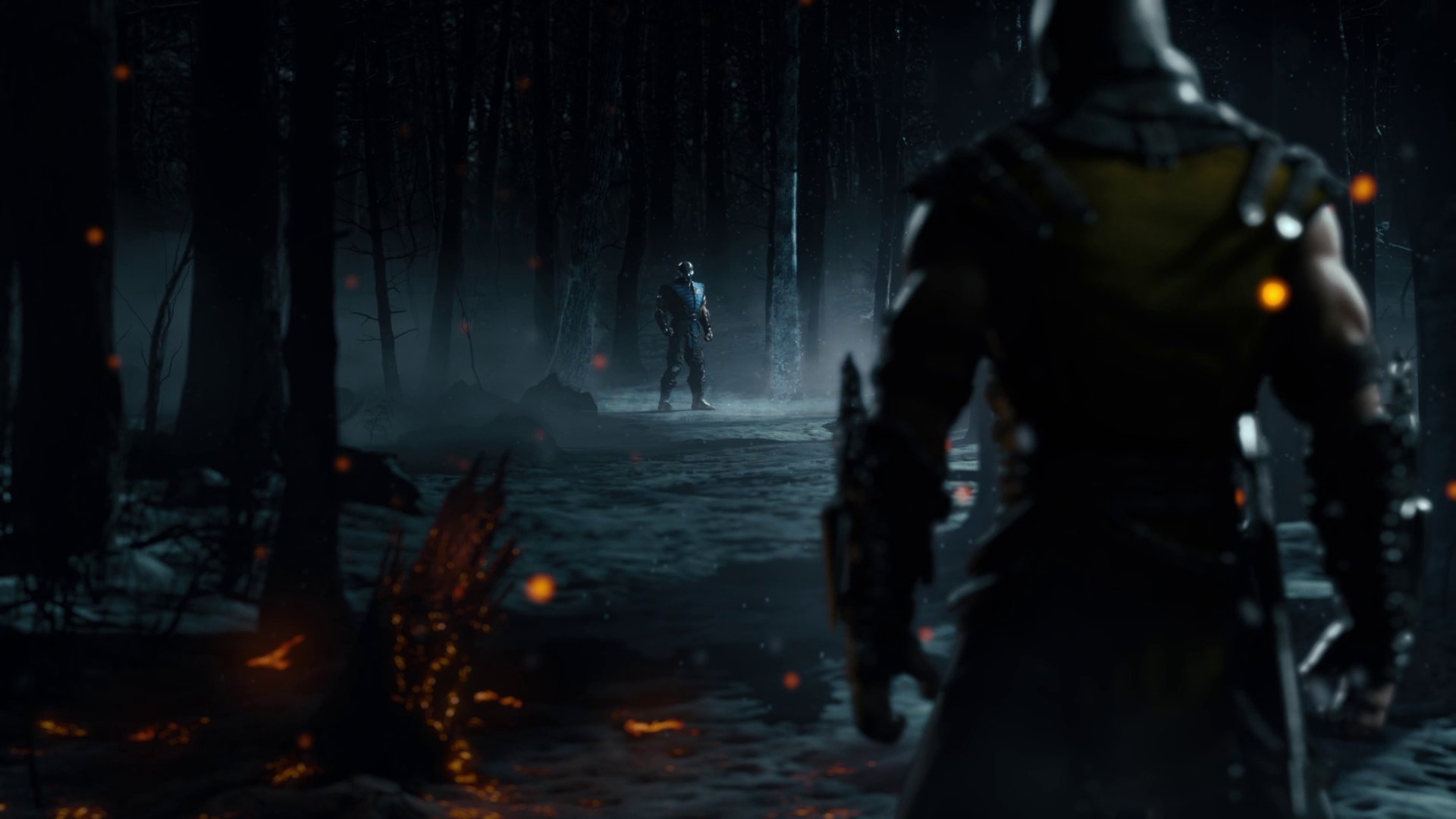I think
@Tom Brady makes a good point when it comes to the accessibility of fighting games. This is a trend that I've been seeing this era of fighting games that are esports focused and is covered in a video by MacSplicer on YouTube titled
The FGC's Identity.
There is a tug of war between players and identity within the community. The current age of fighting games have been making an attempt to create games more accessible for those who want to learn how to play the game. This can be seen as a good thing depending on the perspective of the player which was the point
@Zyphox was presenting to Brady. I can get behind the perspective that accessibility can be a good thing for fighting games, but only if applied to the execution of basic strings in a game. I for one am not a fan of fighting games that have very small windows of input for basic level execution. It becomes a commitment at that point just to learn the basics of the game in order to play. An example would be games like KoF where certain links could be 1-2/3 frames just to link basic strings together. It can prove to be stressful for some. I think the real issue is that developers tend add too much "quality of life" changes to a game which ultimately lowers the skill ceiling.
When the ceiling drops those who are skilled enough will get bored of the game quickly and move onto something else. When the technical mechanics of the game become accessible, it takes less time and focus to mastering the game, leaving high level play sterilized and uninteresting to play and/or watch. The strategy of the game slowly dissipates and becomes a game of automatic universal answers rather than using unique tools at specific times against certain characters to best them. Also, when the skill ceiling drops players with less skill become more of a threat at competitive events. Accessibility can make the usage of tools and mechanics simple and require less focus to out do someone in a match. This makes being good at a game more common and those with the high levels of focus, yomi and hand eye ordination can be stomped by anyone with less skill than them.
There are fighting games that have become more accessible and still maintain a high skill ceiling.
@General M2Dave makes mention of Tekken 7 as an example of this. Guilty Gear Xrd is one I can name and love. Both games have made quality of life changes when learning the basics of the game, but they still maintain a high skill ceiling where depth is still maintained.
Fighting games are strategic by nature. Strategy requires one to think on their feet, know their opponent, anticipate what their opponent may do, and be able to react fairly quickly and consistently. These are all traits not everyone has. They can be taught, but not everyone is going to be able to learn them either due to limitation or lack of interest. Those who do not have it will realize that, then proceed to move onto something else, a point Brady makes when using bowling as an example. Making the game easier to play removes a lot of the philosophies that come with strategy. I get that this wave of fighting games are esports focused and want to add more players to the fray, but this isn't done in the NFL or any other professional sport league, so why should this be a trend for esports?
This podcast was enjoyable.






